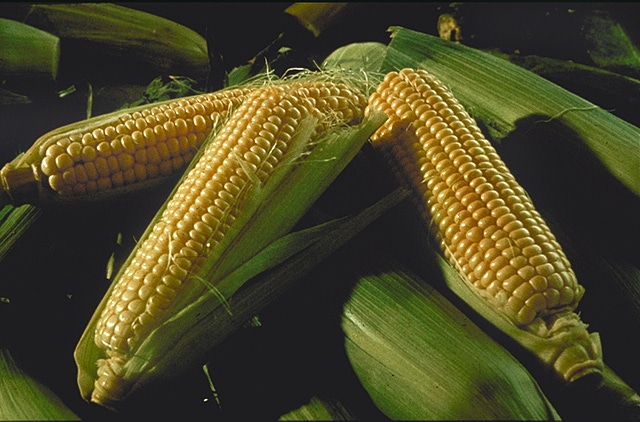
According to the U.S. Department of Agriculture (USDA), the average U.S. consumer spends just 10 percent of his or her income on food. By comparison, in the 1960s, Americans spent 15 percent of their income on food. In some developing countries today, consumers can spend up to 50 percent of their income on food.
September 7, 2011

According to the U.S. Department of Agriculture (USDA), the average U.S. consumer spends just 10 percent of his or her income on food. By comparison, in the 1960s, Americans spent 15 percent of their income on food. In some developing countries today, consumers can spend up to 50 percent of their income on food.
Surveys conducted by the United Soybean Board (USB) have shown that more than 80 percent of U.S. soybean farmers feel an obligation to help feed the world.
Every day, 2.2 million U.S. farmers battle uncontrollable factors such as flooding, drought, pests, and plant and animal diseases to help provide food for today’s world population of nearly 7 billion. Still, U.S. farmers receive less than 12 cents of each dollar spent on food in the United States. According to the USDA, the majority of food costs cover things such as the cost of petroleum for transportation, and costs associated with processing and packaging.
In a new video soybean farmer and USB Director David Hartke discusses food prices and how consumers rely on farmers to provide a bountiful and safe food supply… day in and day out, regardless of the challenges and risks they face.
You May Also Like



